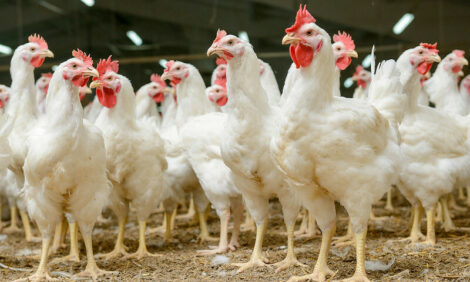



Low emissions in pig and poultry production: how exhaust air washers decimate ammonia, odours and dust
Most systems work like a washing machine.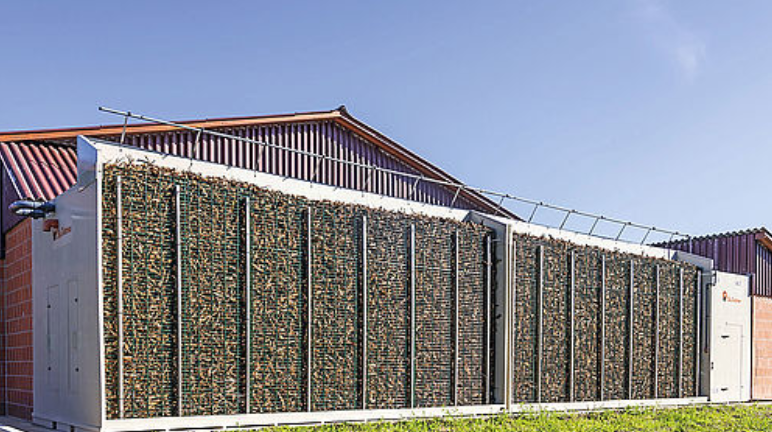

Poultry and pig production are an important component of livestock farming in Germany. The country’s poultry houses keep 147 million birds, while the count of pigs amounts to nearly 27 million. Since stock numbers have reached high levels in some regions of Germany, farmers especially in locations with high environmental loads are urged to reduce emissions. Exhaust air treatment systems are an established method for minimising emissions extensively and securely.
Big Dutchman has been accompanying the trend towards a livestock production with low emissions with its own exhaust air treatment systems for many years. Part of this process was the 2016 takeover of the Dutch company Inno+, a leading supplier of exhaust air treatment and heat recovery systems. “We bundled our technical knowledge to work even more intensively on solutions that are ready for practical use,” explains Roland Tapken, Big Dutchman’s expert for exhaust air treatment.
In an interview, the specialist talks about why protection against emissions plays such an important role in agriculture, how exhaust air washers work and which solutions the equipment supplier from Germany provides.
Why do we need exhaust air treatment systems in Germany?
Roland Tapken:
Concentrations of pig and poultry farms can be very high in some German regions. Lower Saxony is a good example. More than 50 percent of the country’s poultry stock live in this federal state, and 58 percent of all pigs are kept in Lower Saxony and its neighbouring state North Rhine-Westphalia. These clusters have formed based on historical structures, including feed mills and slaughterhouses. The structural trend towards larger units also plays a role.
All of this means that large concentrations of ammonia, odours and dust are emitted to the environment in specific regions. Authorities therefore check emissions at certain locations, and today, eight of ten building permits for new barns require the installation of an exhaust air treatment system.
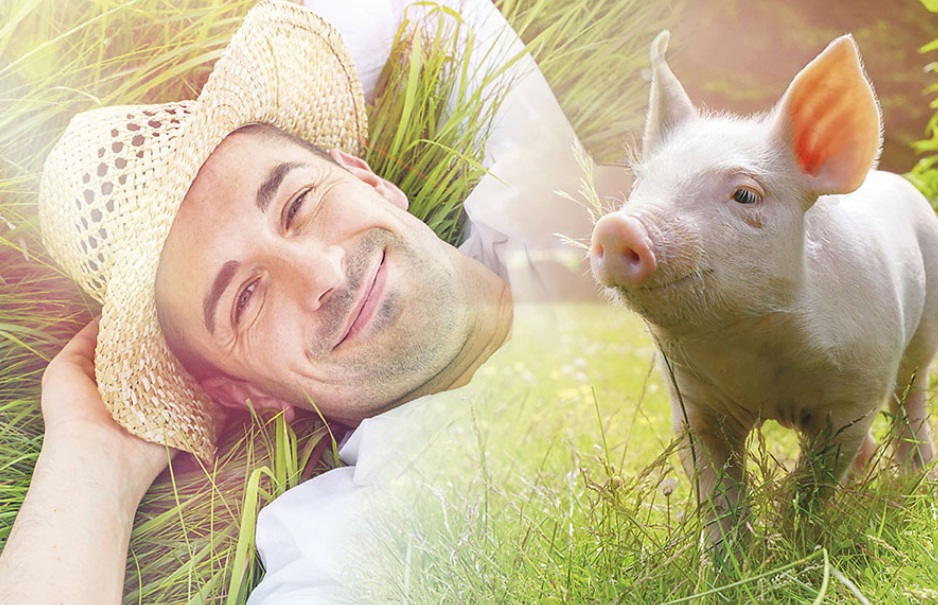

How do exhaust air treatment systems separate substances from the air?
Roland Tapken: The way it works is actually quite simple. Most systems operate like a washing machine, i.e. the exhaust air is washed to remove the dirt. At the end of the wash cycle, clean exhaust air leaves the barn.
Are there exceptions from this standard process?
Roland Tapken: Yes, there are. With biological filters, the exhaust air flows through moist filter material instead of being washed. These filters are perfect for separating odours and dust. However, their effectiveness regarding ammonia removal is limited. Mechanical filters, on the other hand, operate completely without water. Dust filters are an example.
And what does the standard look like?
Roland Tapken: Highest in demand are exhaust air washers. There are single-stage biological and chemical washers as well as washers that use multiple stages. The operating principle of all washers is based on cleaning walls that are filled with packings and continuously sprayed with wash water. The substances are thus washed from the exhaust air.
Usually, exhaust air washers are only used for barns with forced ventilation, like all other exhaust air treatment systems.
Usually means that washers cannot be used for outdoor barns? Or do they simply work differently?
Roland Tapken: The latter. The basic principle of exhaust air washers is that all exhaust air is collected centrally so fans can push it through the cleaning system. Barns must have forced ventilation for this to work.
For pig houses with an open run, balanced pressure systems are connected to the exhaust air treatment system. The open run is not part of the cleaning process in this case, but most of the barn’s emissions are still separated.
Which systems does Big Dutchman offer?
Roland Tapken: We have different cleaning systems available. With Pollo-L and Pollo-M, we offer a single-stage chemical washer for the separation of ammonia and dust from layer houses and broiler houses, respectively. In pig houses, we use exhaust air washers with multiple cleaning stages.
What does “chemical” mean?
Roland Tapken: “Chemical” means that sulphuric acid is added to the water to reduce the wash water’s pH value. This helps binding more ammonia.
What else do you have available for poultry producers?
Roland Tapken: We recommend our dust filter when farmers want to tackle dust emissions. StuffNix is a dry filter, i.e. it does not require water to work. Dust separation rates are between 50 and 70 percent. The filter can be used for both layer and broiler houses.
StuffNix sounds like it’s Low German. Does the name originate in Low German?
Roland Tapken: Yes. In and around Calveslage, Low German is still spoken commonly, so loan words are not unusual. “Stuff” has its root in “dust”. StuffNix can therefore be translated to either “does not produce dust” or “no dust”. The filter has been part of our product range for many years now.
What about exhaust air treatment systems for pig houses?
Roland Tapken: Our product range includes exhaust air washers with multiple stages for pig producers. These washers unite the best features of all our treatment systems. In other words: this is the full extent of what you can do for clean air.
Would you explain how the multiple-stage cleaners work?
Roland Tapken: Two-stage means that there are two cleaning stages. One example is our washer IUS-P. The first stage is a chemical stage, where dust particles and ammonia are bound. The second stage is a biological filter wall with brushwood filling, which reduces odours.
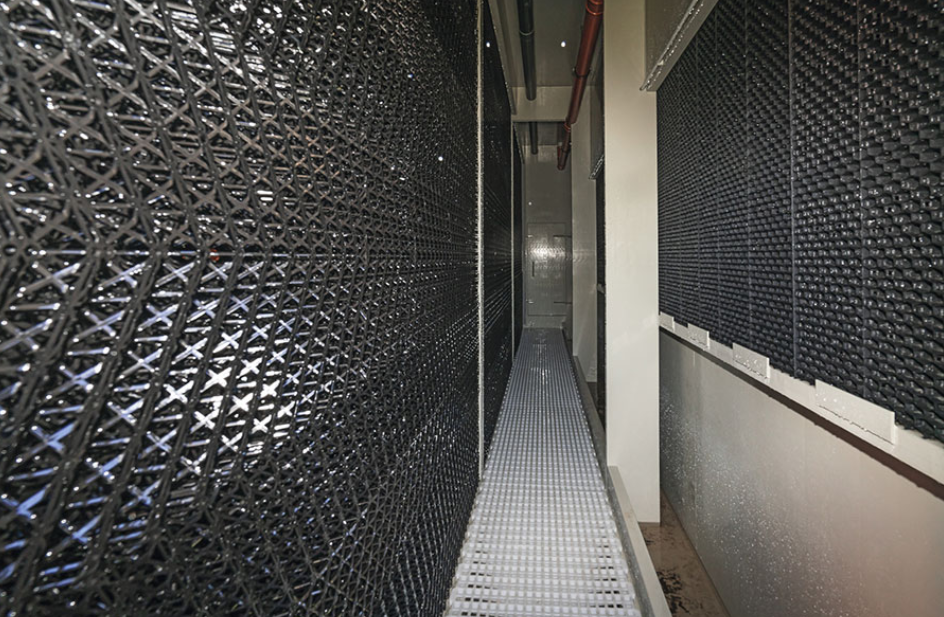



Can IUS-P also be used in poultry houses?
Roland Tapken: No. But for cattle.
Cattle? But Big Dutchman supplies equipment for pig and poultry production!
Roland Tapken: I know, it sounds odd. But IUS-P was originally designed for pig production and cattle finishing. Just last year, we equipped a cattle finishing barn in the neighbourhood with IUS-P.
In addition to the two-stage exhaust air washer, Big Dutchman also offers a system with three stages. How does that work?
Roland Tapken: MagixX-P+ is a chemical-biological cleaner with three filter walls. Water is sprayed onto the front of the first wall. The exhaust air enters the filter wall and dust and ammonia are washed out into the first basin. Since odorous substances are bound to the dust, the system already filters part of the odour emissions at this stage. In the first two cleaning stages, sulphuric acid is added to the process. This significantly increases the separation rates for ammonia. The third cleaning stage features a brushwood filling and is used for microbial transformation of the odorous substances.


Can the washers’ separation rates be quantified?
Roland Tapken: Yes. Since the exhaust air washers are certified, this is of course possible.
Would you tell us about the respective figures?
Roland Tapken: For ammonia and dust, farmers reach separation rates of around 90 percent with IUS-P and MagixX-P+. Total dust is sometimes even above 90 percent. We are also very happy with the odour reduction results.
Pollo-M is also certified, for the reduction of dust and ammonia emissions. The certification process proved ammonia separation rates of up to 91 percent, and up to 89 percent for total dust. The results for fine dust separation were also very good. For Pollo-L, we achieved separation rates of up to 85 percent for ammonia, and up to 81 percent for total dust.
If you want to look at the figures in more detail, this is possible online. The German Agricultural Society (DLG) has published all test reports.
IUS-P – “Two-stage exhaust air treatment system for pig production”
MagixX-P+ – “Three-stage exhaust air treatment system MagixX-P+ for pig production”
Pollo-M – “Inno+ Pollo-M 1-stage chemical air cleaner with droplet separator”
Pollo-L – "1-stage chemical air cleaner with Inno+ Pollo-L droplet separator”
There is one system we have not yet talked about. Would you please explain why Porcus is an exception?
Roland Tapken: Porcus is a single-stage exhaust air washer for pig production. The system can be used as a biological or chemical trickle-bed reactor. We distribute it exclusively abroad, mainly in Asian markets.
Porcus is different to other cleaners because we do not use brushwood due to customs laws. Chinese authorities, for example, are afraid that the wood might introduce parasites, which is why they require a complicated treatment process before allowing imports. We therefore offer our customers in these countries an exhaust air washer that is customised to the conditions on site.
What does biological mean?
Roland Tapken: With biological washers, the substances from the exhaust air are first humidified and thus washed, and then absorbed or converted by microorganisms located in the packings. Porcus reaches separation rates of more than 80 percent for dust and ammonia. We are also very happy with the odour emission reductions.
A more general question regarding exhaust air washers. Can farmers retrofit their barns? And if so, what is easier: building a new barn including exhaust air treatment system, or retrofitting an existing one?
Roland Tapken: Retrofitting is of course possible. Barns to be retrofitted with an exhaust air treatment system must use forced ventilation.
Regarding the second question, in general I would say that it is easier to add an exhaust air treatment system to a new building instead of making one fit an existing barn. However, this does not mean that retrofitting is complicated. We are usually very creative about finding good solutions, and without losing sight of the costs.
What is the most impressive project Big Dutchman has completed up to today?
Roland Tapken: Having the correct knowledge is essential for every project. No barn and no location are the same, and the farmer’s individual requirements also need to be implemented as far as possible.
But a project that stands out is of course the sow farm of a customer in South Korea. A few years ago, this customer built a farm for 3,600 pigs. Now, you need to know that South Korea is one of the most densely populated countries of the world. Since the customer wanted to maintain a good relationship with his neighbours, he asked us to deliver and install 16 MagixX exhaust air washers (link web article “Sow management: Bongdong trumpets stellar production”).
Moreover, we are currently planning a project with 26 IUS-P cleaners in eastern Germany.
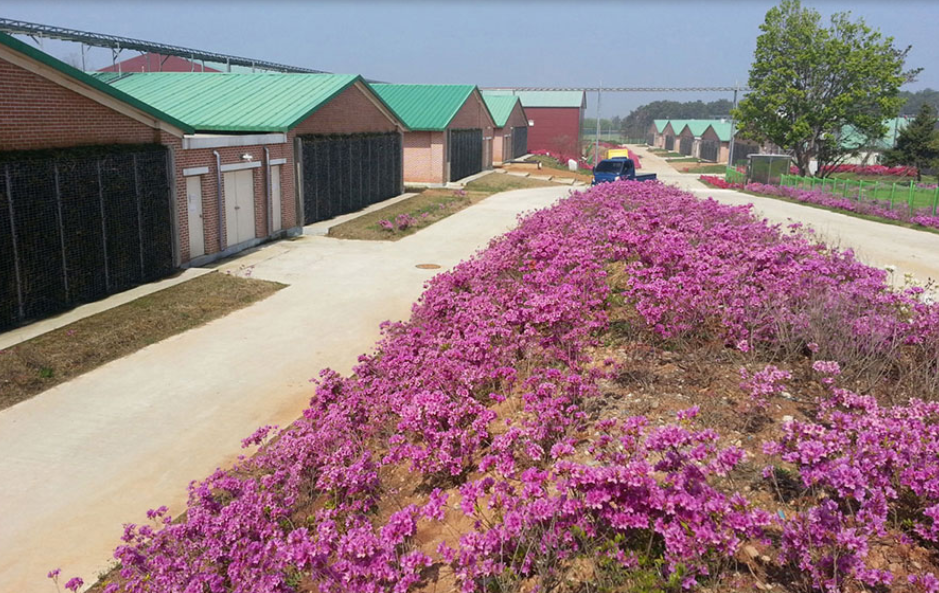

Finally, I would like to know what you are currently working on and what your plans for the future are?
Roland Tapken: We have several irons in the fire. Our subsidiary Inno+, for example, has developed a procedure with which farmers can use the energy produced by the exhaust air treatment system to heat their pig houses. This significantly reduces energy costs. Our plan is to standardise connecting our systems with this type of heat recovery, which we call Triple EEE.
What are some other current projects for you and your team?
Roland Tapken: We are currently developing a control unit with features that go clearly beyond the industry’s usual traffic light marking. Instead of just checking whether their system is fully functional, operators will be able to manage their system, record a great amount of data and also evaluate this data.
In the medium term, we want to provide systems that farmers can use to contribute to environmental protection and to climate-neutral intensive livestock farming. Sustainability and efficiency are topics for today and for the future, since our customers calculate down to the last penny.
That sounds like a challenging endeavour! What does your approach to a solution look like?
Roland Tapken: The two most important parameters are energy and water consumption. An example is the Triple EEE procedure I mentioned earlier.
A number of things are currently happening regarding emission reduction, and not only in Germany. We are following the developments very closely and adjust our activities accordingly. We want livestock producers to be able to invest successfully into their future. I believe that is our most important plan for the future!









